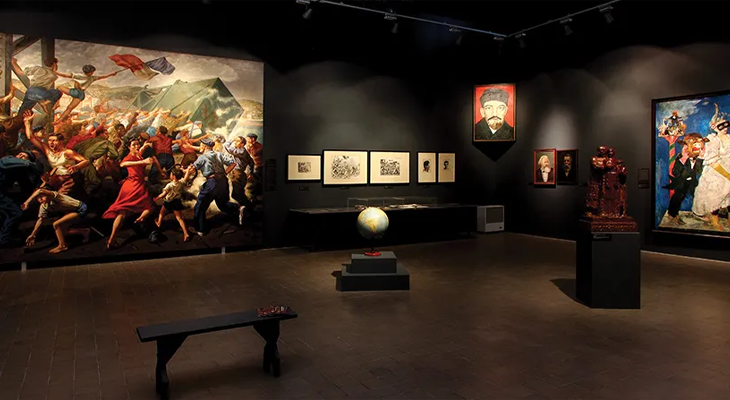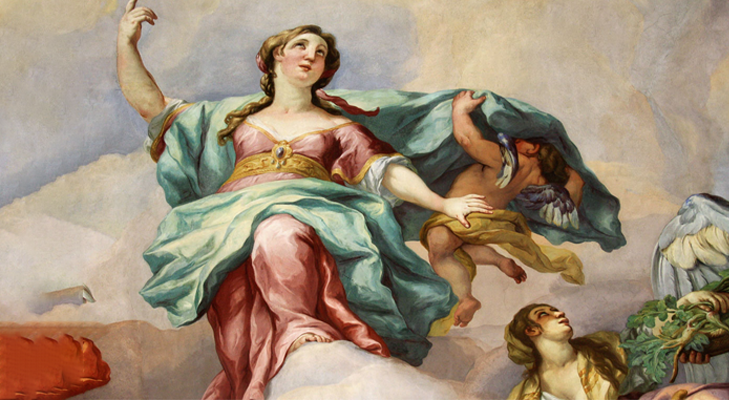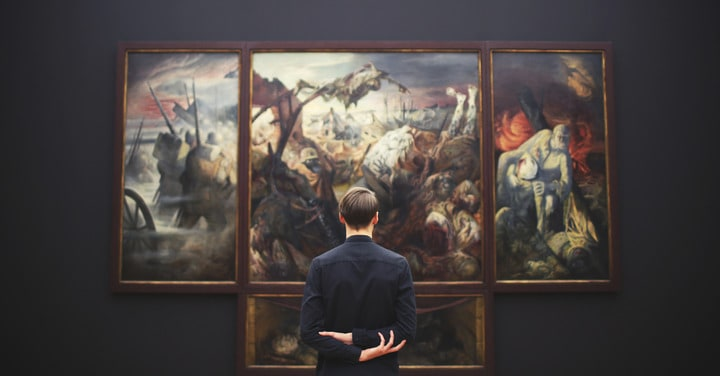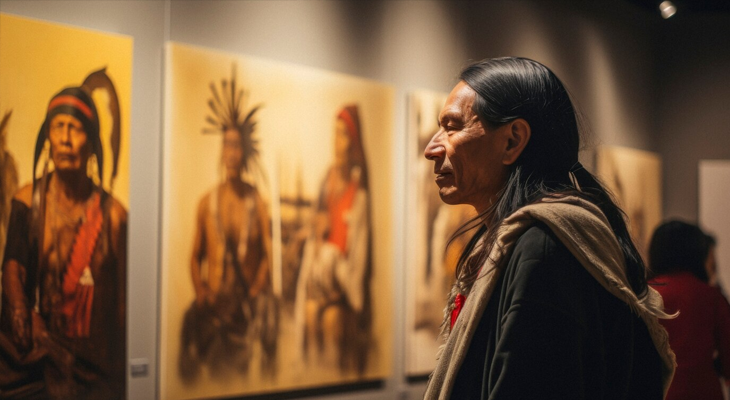Exploring Different Art Styles: From Realism to Abstract

Art is a diverse and multifaceted expression of human creativity, encompassing a wide range of styles, techniques, and movements that have evolved over centuries. From the hyper-realistic details of Renaissance masterpieces to the bold abstractions of contemporary art, each style offers a unique lens through which artists interpret the world around them. In this exploration, we delve into some of the most prominent art styles, from realism to abstract, and uncover the underlying principles that define them.
Realism:
Realism emerged in the mid-19th century as a reaction against the idealized depictions of the Romantic era. Rooted in a commitment to portraying the world as it is, realism artists sought to capture everyday life with meticulous accuracy and attention to detail. Paintings in this style often feature recognizable subjects, such as landscapes, portraits, and still lifes, rendered with precision and fidelity to the natural world. Artists like Gustave Courbet and Édouard Manet were pioneers of the realist movement, challenging artistic conventions and exploring themes of social realism and human experience.
Impressionism:
Impressionism, which flourished in the late 19th century, marked a departure from the rigid formalism of academic art and embraced a more spontaneous and subjective approach to painting. Inspired by the play of light and color, impressionist artists sought to capture fleeting moments and sensations through loose brushwork and vibrant palettes. Works by Claude Monet, Pierre-Auguste Renoir, and Edgar Degas exemplify the impressionist style, characterized by its emphasis on atmosphere, movement, and sensory perception.
Expressionism:
Expressionism emerged in the early 20th century as a reaction against the perceived superficiality and materialism of bourgeois society. Characterized by its bold colors, distorted forms, and emotive intensity, expressionist art aimed to evoke raw emotion and psychological truth. Artists like Edvard Munch and Ernst Ludwig Kirchner explored themes of angst, alienation, and existential despair, creating powerful and haunting images that resonate with the human condition.
Surrealism:
Surrealism, which emerged in the aftermath of World War I, sought to unlock the subconscious mind and liberate the creative imagination from the constraints of rational thought. Surrealist artists embraced dreamlike imagery, unexpected juxtapositions, and irrational narratives to challenge conventional notions of reality and meaning. Works by Salvador Dalí, René Magritte, and Joan Miró blur the boundaries between the conscious and unconscious realms, inviting viewers to explore the mysteries of the psyche and the absurdity of existence.
Abstract:
Abstract art, which emerged in the early 20th century, represents a radical departure from representational traditions and embraces non-representational forms, colors, and textures as the primary means of expression. Abstract artists seek to distill the essence of their subject matter into pure visual elements, exploring concepts of form, line, color, and composition with a sense of freedom and experimentation. Artists like Wassily Kandinsky, Piet Mondrian, and Jackson Pollock pioneered abstract art, pushing the boundaries of artistic expression and challenging viewers to engage with art on a purely sensory and intuitive level.
In conclusion, the exploration of different art styles reveals the richness and diversity of human creativity, spanning centuries of innovation, experimentation, and cultural exchange. Whether rooted in the realism of everyday life or the abstraction of the subconscious mind, each style offers a unique perspective on the world and invites us to contemplate the myriad ways in which we perceive, interpret, and experience the beauty of existence.



